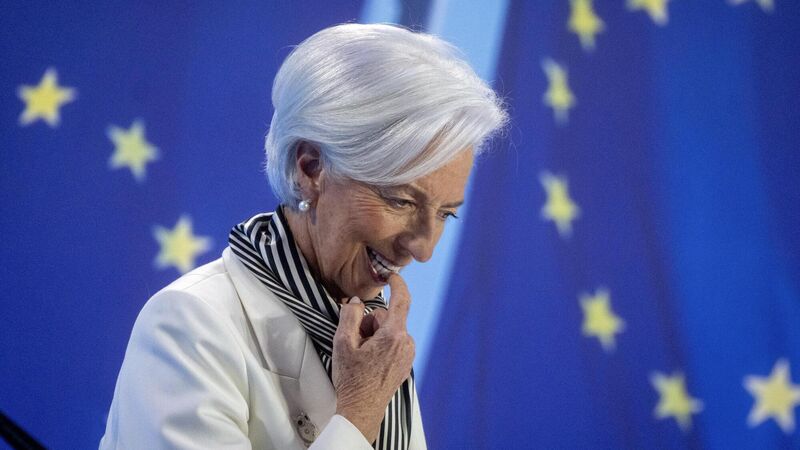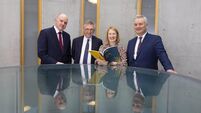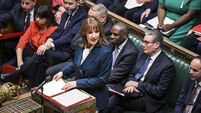Global financial policymakers to give some clarity on rate cuts

ECB officials scheduled to speak include president Christine Lagarde and chief economist Philip Lane. Picture: Michael Probst/AP
Central banks cagey about joining the global interest-rate cutting cycle may reveal themselves this week with a quartet of decisions in advanced economies.
Days after the Federal Reserve pared back projections for US monetary easing this year, policymakers from the UK to Australia are likely to signal that they’re still not convinced enough about disinflation to start lowering borrowing costs themselves.
Such outcomes would reaffirm how June, originally pencilled in as a month-long opening ceremony to a series of global rate cuts, may increasingly turn out to be a widespread display of hesitancy.
While Canada did deliver the first such move of the Group of Seven on June 5, the European Central Bank’s reduction in borrowing costs a day later, accompanied by a higher inflation projection, showed limited enthusiasm for further easing.
At the Bank of England on Thursday, a looming election and some lingering price pressures are adding to the case to wait at least until August before cutting rates.
Peers in Australia and Norway, also meeting this week, are in no rush to do so either, while half of economists surveyed reckon the Swiss National Bank may avoid a second reduction for now following its bold move in March to ease before its neighbours.
Decisions elsewhere may showcase the different stages of global monetary cycles, with Brazil and Paraguay expected to keep borrowing costs on hold, and Chile anticipated to slow rate cuts.
In the UK, consumer-price numbers on the eve of Thursday’s Bank of England’s decision may draw the focus on investors. That report could show inflation reaching the 2% target for the first time in almost three years.
But with the underlying so-called core gauge likely to come in above 3% and an election campaign under way, economists predict that policymakers will keep borrowing costs on hold. Their forthcoming decision in August, featuring new forecasts, may offer a more opportune moment to begin cutting rates.
In the eurozone, the data highlight is likely to be the latest set of purchasing manager indexes for June, released on Friday, which may indicate whether or not the region’s economic pickup is gaining momentum.
ECB officials scheduled to speak include president Christine Lagarde and chief economist Philip Lane on Monday, and vice president Luis de Guindos on Tuesday.
The ECB mustn’t allow inflation to remain above 2% into 2026, Governing Council member Martins Kazaks said after projections showed that target will now only be met toward the end of next year.
While uncertainty remains high, policymakers are confident as things stand that disinflation is proceeding, allowing them to make monetary policy less restrictive, the Latvian central-bank chief said in an interview. But that would change if price pressures were to prove more stubborn, he warned.
“Currently I think we are still on the path to 2% in the second half of 2025, and I would really hope that we would do it by that time,” Mr Kazaks said in Dubrovnik, Croatia, where he’s attending a conference.
“We should not drag this problem into 2026,” he said. “If data show that reaching our target is being pushed out beyond 2025, then of course the restriction level needs to be maintained for longer so that we can avert those kind of outcomes.”
Another key event, taking place against the backdrop of last week’s market turmoil afflicting France, will be the release of the European Commission’s verdict on Wednesday admonishing countries in the region for breaching its 3% deficit limit.
Financial turbulence is likely to be a topic when eurozone finance ministers meet in Luxembourg later in the week.
Meanwhile, a week after a series of reports showed moderating US inflationary pressures, investors will get a look at fresh figures on consumer demand, the housing market and industrial production. Federal Reserve officials also return to the public-speaking circuit after pencilling in just one rate cut for 2024.
- Bloomberg










